Archives
- 2025-12
- 2025-11
- 2025-10
- 2025-09
- 2025-03
- 2025-02
- 2025-01
- 2024-12
- 2024-11
- 2024-10
- 2024-09
- 2024-08
- 2024-07
- 2024-06
- 2024-05
- 2024-04
- 2024-03
- 2024-02
- 2024-01
- 2023-12
- 2023-11
- 2023-10
- 2023-09
- 2023-08
- 2023-07
- 2023-06
- 2023-05
- 2023-04
- 2023-03
- 2023-02
- 2023-01
- 2022-12
- 2022-11
- 2022-10
- 2022-09
- 2022-08
- 2022-07
- 2022-06
- 2022-05
- 2022-04
- 2022-03
- 2022-02
- 2022-01
- 2021-12
- 2021-11
- 2021-10
- 2021-09
- 2021-08
- 2021-07
- 2021-06
- 2021-05
- 2021-04
- 2021-03
- 2021-02
- 2021-01
- 2020-12
- 2020-11
- 2020-10
- 2020-09
- 2020-08
- 2020-07
- 2020-06
- 2020-05
- 2020-04
- 2020-03
- 2020-02
- 2020-01
- 2019-12
- 2019-11
- 2019-10
- 2019-09
- 2019-08
- 2019-07
- 2019-06
- 2019-05
- 2019-04
- 2018-11
- 2018-10
- 2018-07
-
The CNP pGC B cGMP pathway has been
2021-11-25
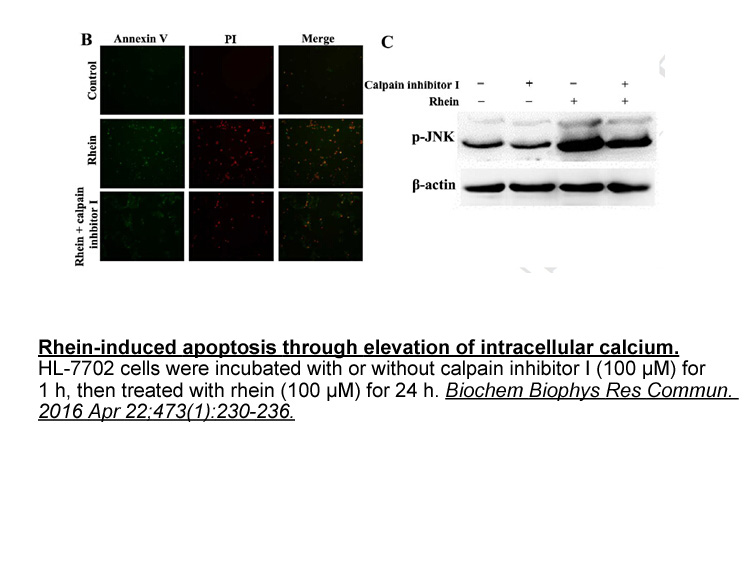
The CNP/pGC-B/cGMP pathway has been reported to be potent inhibitor of fibrosis, from an intrinsic compensatory protective response as well as a therapeutic in cardiorenal injury and disease states [6,12,13,22,30]. Indeed, fibrosis is a progressive process leading to increased risk for morbidity and
-
Further SAR was explored with the imidazole series to
2021-11-25
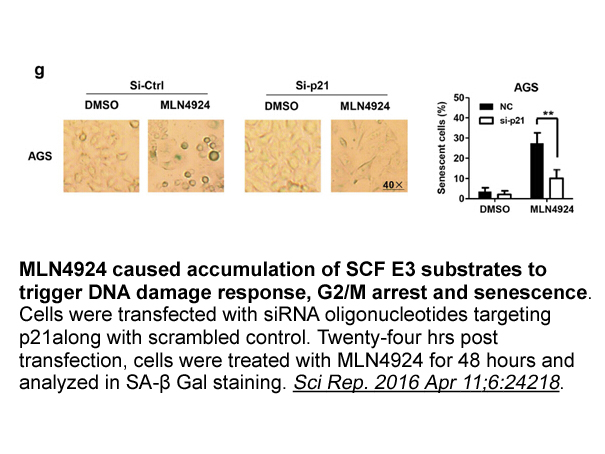
Further SAR was explored with the imidazole series to achieve better enzyme inhibition activity (). In comparison to published earlier, replacing the amide with sulfonamide and reverse sulfonamide maintained the GSNOR inhibitory activity. It is clear that exchanging the phenyl ring (, and ) by t
-
Selected GSNOR inhibitors were assessed for potential off
2021-11-25

Selected GSNOR inhibitors were assessed for potential off-target activity with a panel of 54 transmembrane and soluble receptors, ion channels, and monoamine transporters. Off-target effects were estimated from the percent inhibition of receptor radio-ligand binding in the presence of 10μM of test c
-
The aim of this study
2021-11-24
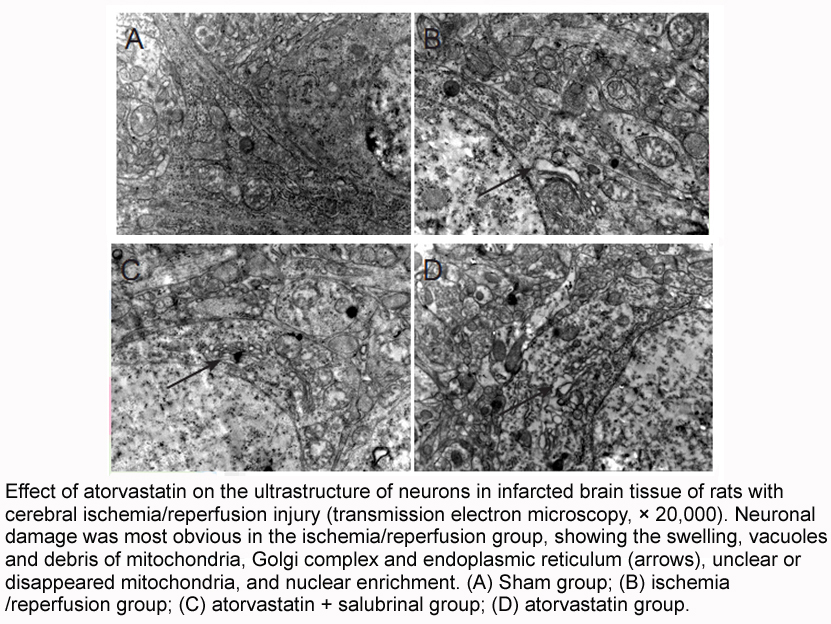
The aim of this study is to explore new Glo-I inhibitors using the structure-based pharmacophore approach. Eighteen Glo-I co-crystallized structures have been explored to investigate their pharmacophoric features. Ninety two pharmacophoric models were generated. QSAR analysis followed by Ligand Prof
-
br GLP R expression in the vascular endothelium
2021-11-24
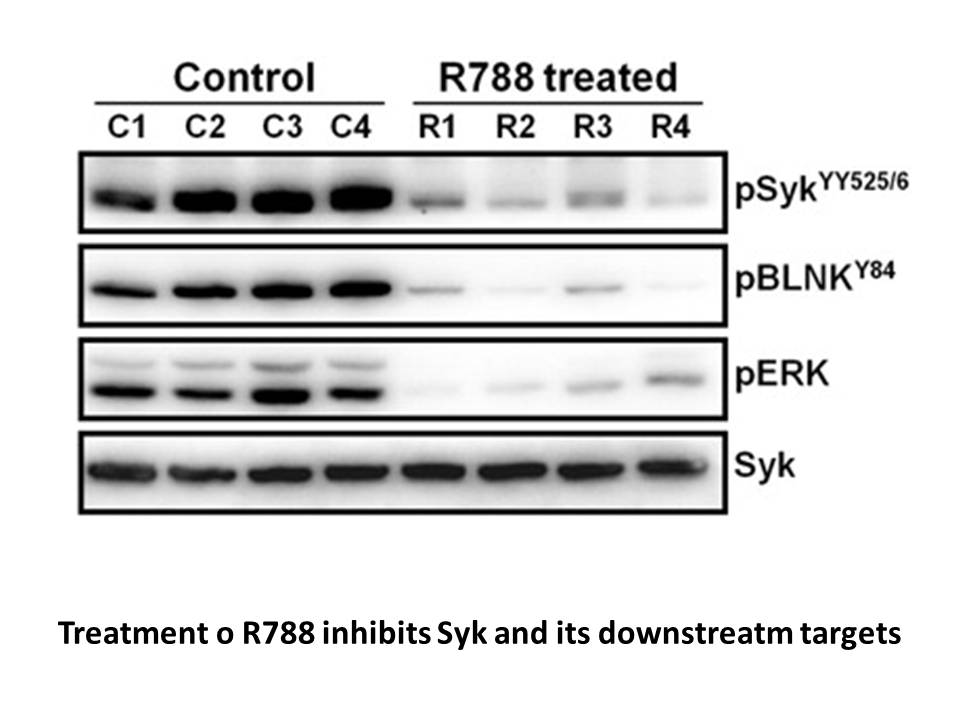
GLP-1R expression in the vascular endothelium Immunohistochemistry studies utilizing GLP-1R antibodies that have now been demonstrated to be non-specific [46], initially identified GLP-1R protein expression in both mouse mesenteric artery SMCs and heart coronary SMCs [7]. However, evidence for VS
-
Due to the versatility of the
2021-11-24
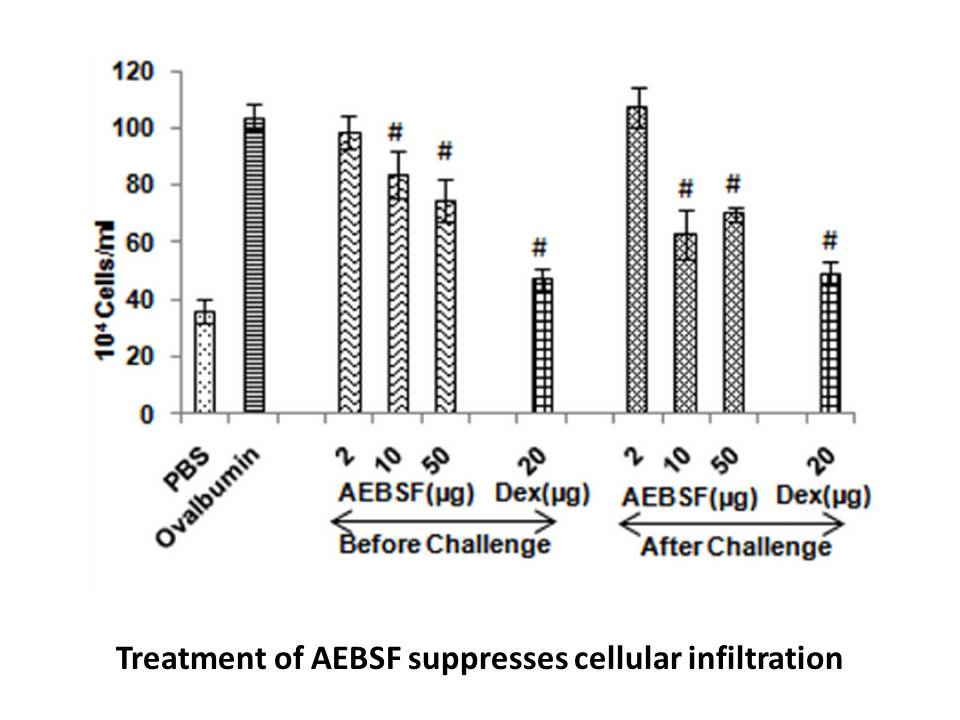
Due to the versatility of the ghrelin system and its multiple functions, dysregulation in some of the components of the ghrelin system, such as ghrelin, GOAT, and GHSR, might lead to pathogenesis of many endocrine-related diseases, including obesity, short stature, cancer, inflammatory, and cardiova
-
The modulation of the activity of the
2021-11-24
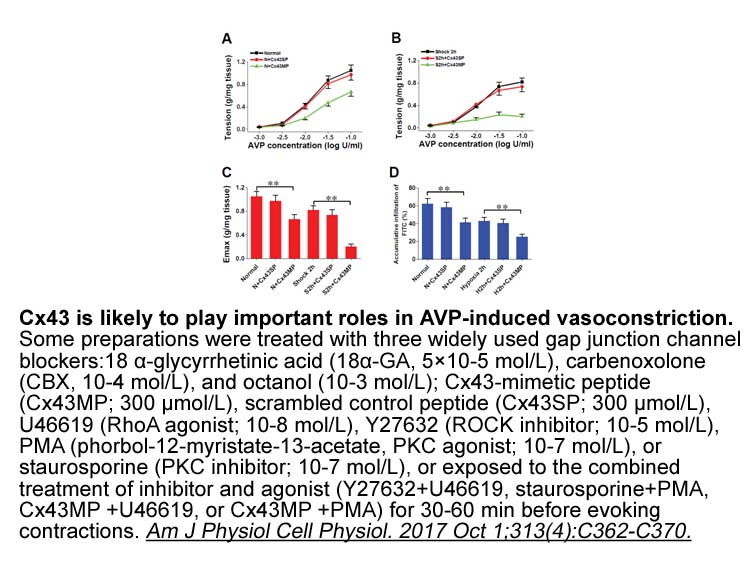
The modulation of the activity of the Gardos channel by the chemokines IL-8 and RANTES was observed in the Duffy-positive but not in the Duffy-negative SSRBCs. This finding is consistent with the previous observation on normal red blood nor-Binaltorphimine dihydrochloride (AARBCs) described by Rive
-
To understand the impact of
2021-11-24
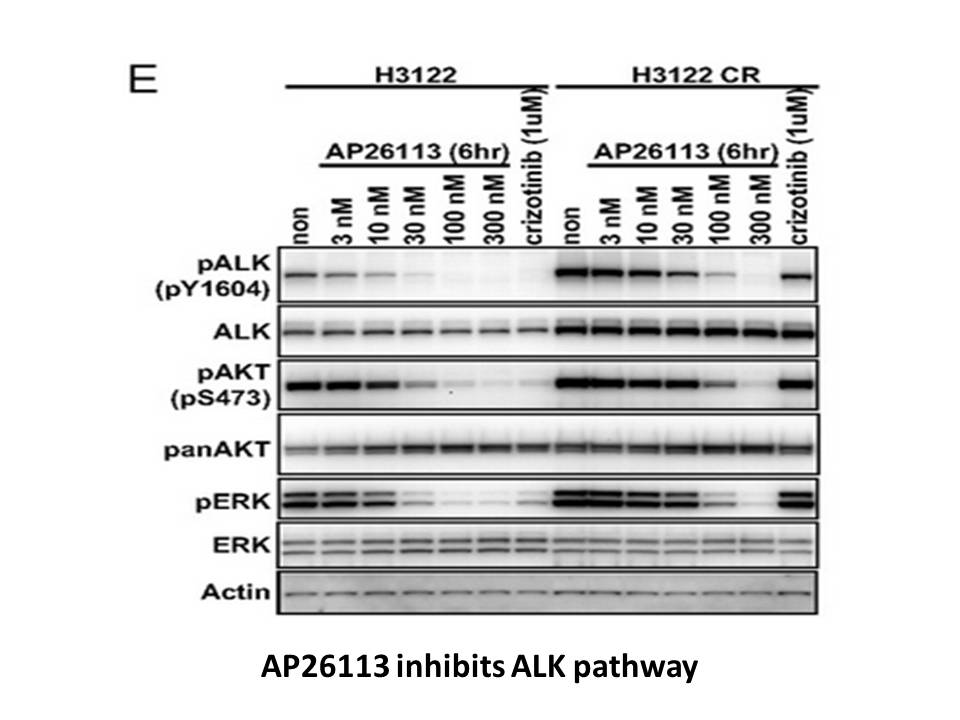
To understand the impact of alterations in gstp1-1 zinc homeostasis, the role of Zn2+ as a neurotransmitter has to be appreciated. Certain regions of the brain including the neocortex and hippocampus harbour so-called “zincergic” (or “gluzinergic”) neurons, where Zn2+ is co-released with glutamate a
-
br Ethics statements br Introduction Hepatocellular carcinom
2021-11-24

Ethics statements Introduction Hepatocellular carcinoma (HCC) is the fifth most common malignant tumor and the third leading cause of cancer-related mortality worldwide, with rapidly-increasing incidence in recent years [1,2]. Mounting evidence shows that viral hepatitis, toxin exposure, non-a
-
In addition the interplay of membrane curvature induced tens
2021-11-24

In addition the interplay of membrane curvature induced tension at the fusion pore and DL-Dithiothreitol induced tension across the PM seems to be a worthwhile target for investigation. The roles of dynamin and myosin II and especially their spatial and temporal dynamics during activity warrant fur
-
The replenishment time course of already tethered
2021-11-24
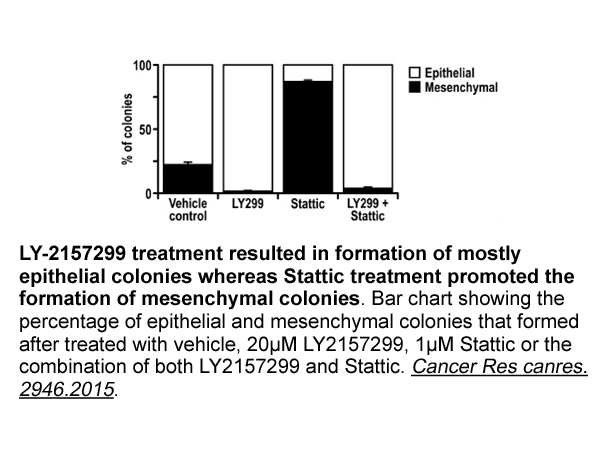
The replenishment time course of already-tethered vesicle to became release ready, was examined by TIRFM imaging combined with calcium uncaging. By UV-flash photolysis of caged calcium, intracellular calcium concentration raises rapidly and homogenously throughout the cell (Ellis-Davies, 2008). Upon
-
br Results and Discussion The Set sequence
2021-11-24
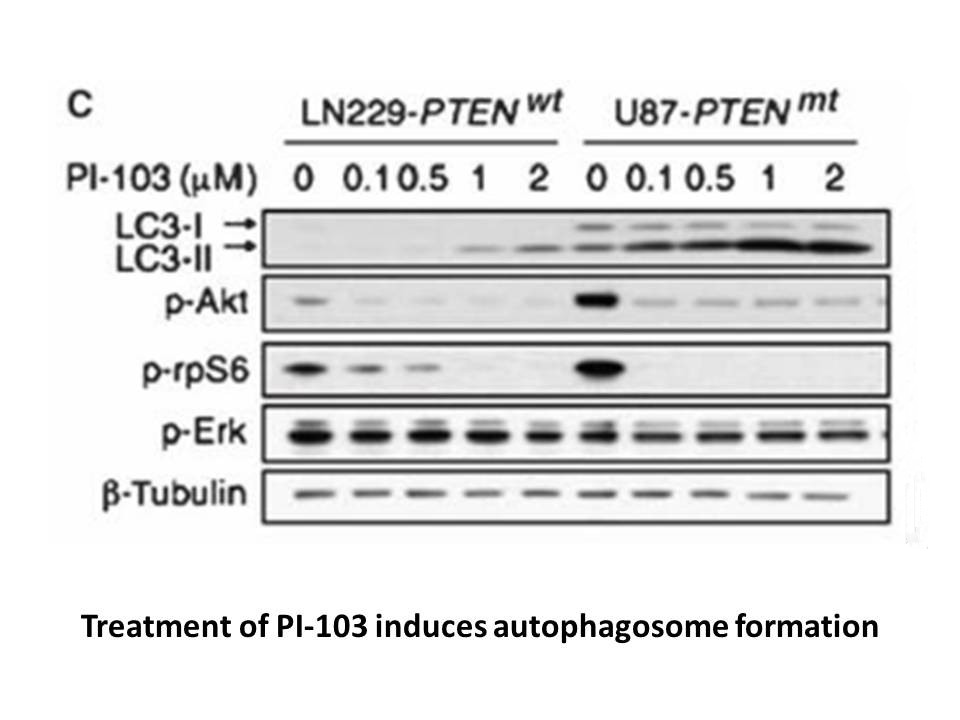
Results and Discussion The Set7 sequence is homologous to the other identified histone methyltransferases in S. pombe (Figure S1) and also shares similarity with human HMTases, H3K9 GLP/Ga9, and H4K20 SUV420H1 (Figure S1). Set7 fused with the GFP (Set7-GFP) localized in the nucleus and cytoplasm
-
Describing histone acetylation machinery in rivulus will pro
2021-11-24
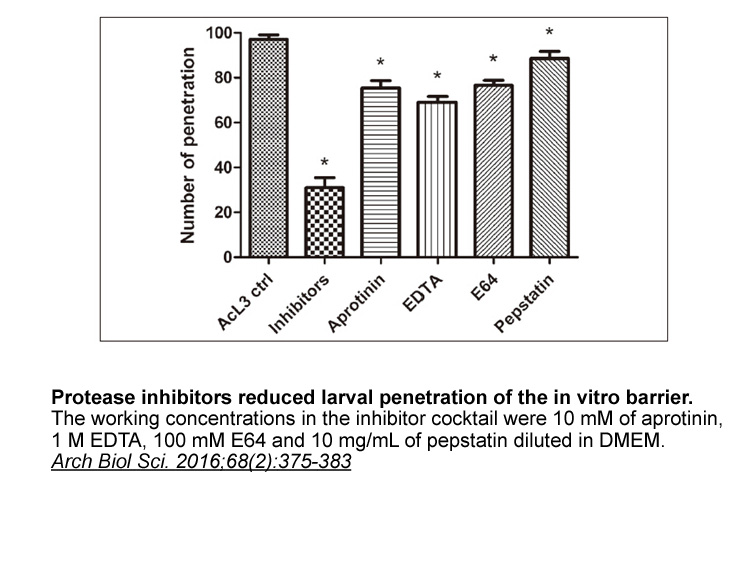
Describing histone acetylation machinery in rivulus will provide a basis for understanding the role of epigenetic mechanisms in mediating phenotypic variation, by guiding both phenotypic flexibility in adults and developmental plasticity in young. Together with its biological characteristics, rivulu
-
br Conclusion br Acknowledgement br
2021-11-24

Conclusion Acknowledgement Introduction Biogenic amine histamine is synthesized from L-histidine by histidine decarboxylase (HDC). Histamine is involved in a wide variety of pathological and physiological processes including allergic reactions, inflammation, immune responses, gastric secret
-
prexasertib The observed tendency for higher plasma
2021-11-24
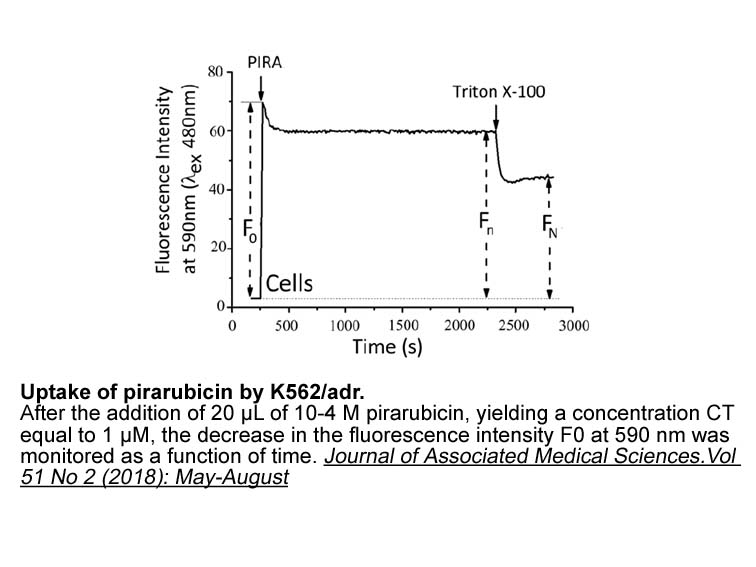
The observed tendency for higher plasma lactate levels in the aerated thermal exposure suggests increased reliance on prexasertib metabolism to maintain function. This finding is supported by a recent study that observed an increased ṀO2 in European perch (Perca fluviatilis) exposed to a hyperoxic
15982 records 531/1066 page Previous Next First page 上5页 531532533534535 下5页 Last page